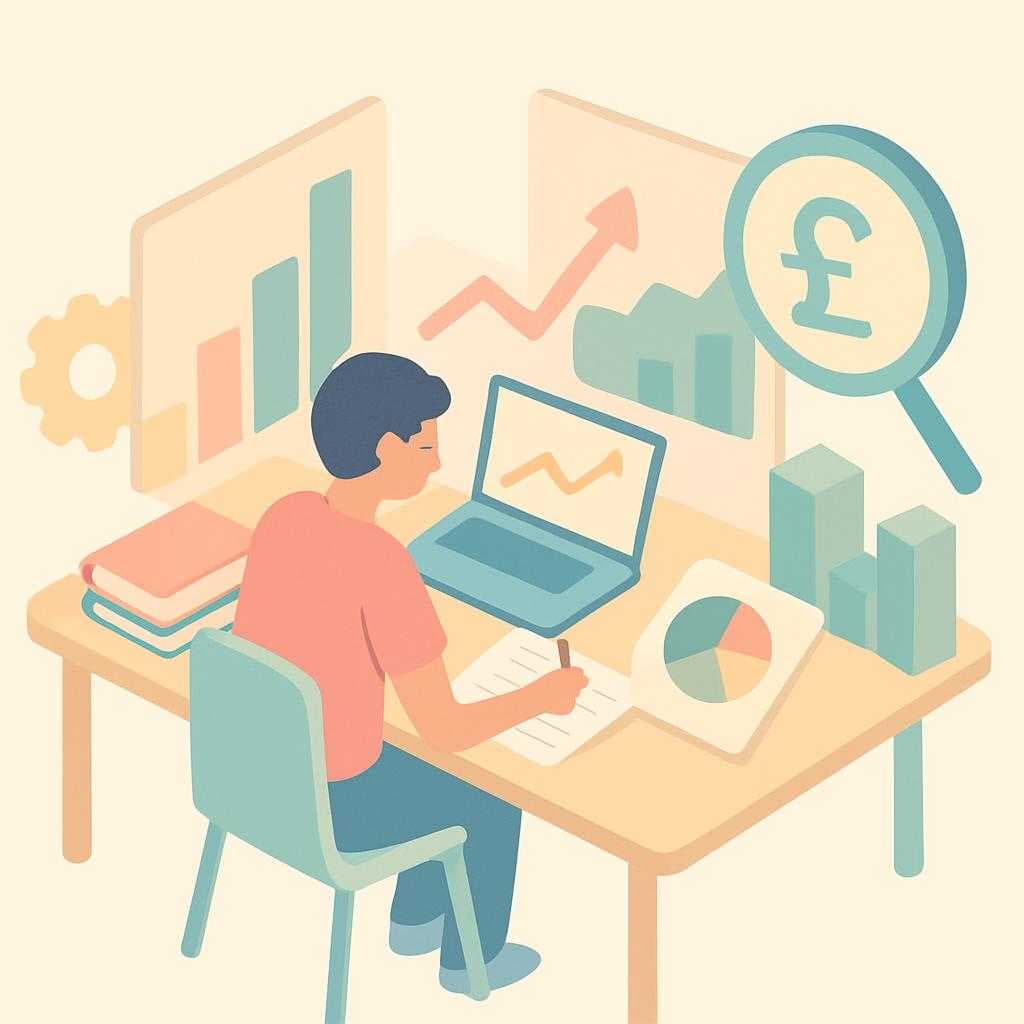Making Sense of Data: A GCSE Economics Student's Guide to Understanding and Analyzing Economic Indicators
Summary
Unlock the secrets of economic indicators and elevate your GCSE Economics performance. Discover how understanding these vital statistics can boost your confidence and exam success, with insights tailored for students undertaking exams from AQA, Edexcel, and OCR.
Navigating the world of economic indicators can initially seem daunting, especially when preparing for your GCSE Economics exams. However, understanding these key statistics is crucial for mastering the subject and can significantly enhance your performance in exams set by boards such as AQA, Edexcel, and OCR. In this guide, we'll explore what economic indicators are, why they matter, and how you can use them to ace your exams.
What Are Economic Indicators?
Economic indicators are quantitative measurements used to assess the health of an economy. They provide insights into various aspects, such as inflation, unemployment, and GDP growth. For GCSE Economics students, these indicators are essential tools for analyzing economic performance and making informed predictions.
Why Are Economic Indicators Important?
Understanding economic indicators is vital for several reasons:
-
Exam Relevance: Both AQA and Edexcel frequently incorporate questions related to these statistics in their exam papers. Familiarity with indicators can help you accurately interpret data and craft well-informed responses.
-
Real-World Applications: Economic indicators are not just abstract concepts; they have real-world implications. Grasping their significance allows you to connect theoretical knowledge with practical economic events.
-
Analytical Skills: Interpreting economic indicators hones your analytical skills, enabling you to critically evaluate economic scenarios—a skill highly valued by exam boards like OCR.
How to Analyze Economic Indicators
Here are some steps to help you effectively analyze economic indicators:
-
Identify the Indicator: Recognize whether the data pertains to GDP, unemployment rates, inflation, etc. Each indicator provides different insights.
-
Historical Context: Compare the current data with historical trends. This comparison helps in understanding whether the economy is improving or declining.
-
Cause and Effect: Consider what factors might be influencing changes in the indicator. For instance, rising unemployment could be due to technological advancements or economic downturns.
-
Exam Practice: Use past papers from AQA, Edexcel, and OCR to practice questions related to economic indicators. This practice not only familiarizes you with the exam format but also solidifies your understanding.
Conclusion
Mastering economic indicators is crucial for any GCSE Economics student aiming for top marks. By understanding what these statistics reveal about the economy, you can enhance your analytical skills and confidently tackle exam questions. Remember, regular practice and real-world application are key to unlocking the full potential of economic indicators. As you prepare for your exams with AQA, Edexcel, or OCR, let these insights be your guide to success.
